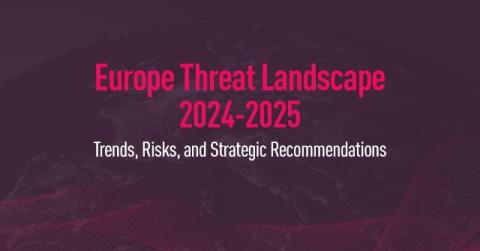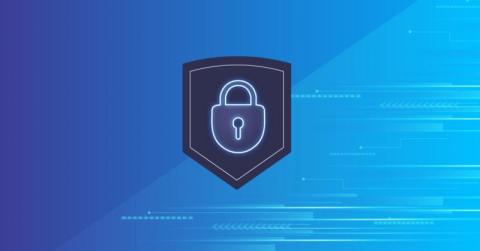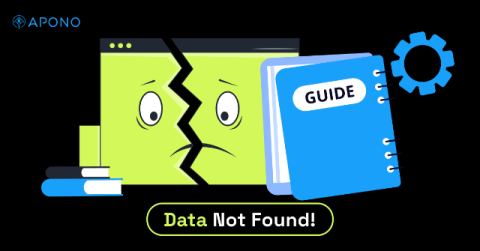Part 2: Why Threat Intelligence Sharing Is Essential for Scalable Security Operations Today
Cybersecurity in 2024 has seen a shift toward open, collaborative intelligence sharing across industries. This shift is promising but not yet complete; significant gaps remain in intelligence sharing, especially following cyber incidents. Victim organizations are often hesitant to share attack details due to fears of reputational damage and stigmatization.











